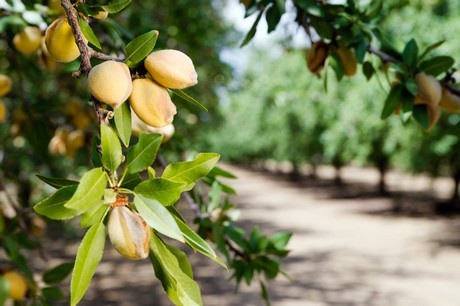For many years the scientists at University of Cordoba have evaluated the incidence and severity of the four most common almond aerial diseases in ten experimental fields in the main almond-growing areas of Andalusia, southern Spain. The experimental fields are representative of the different geographic locations, agronomic characteristics and farming systems in Andalusia. A total of 14 early-flowering and 26 late-flowering cultivars (cvs.) currently grown in the new almond plantings of Andalusia and the Mediterranean basin have been evaluated.

"The incidences of red leaf blotch (RLB), shot hole (SH), blossom blight (BB), and leaf curl (LC), which are caused by Polystigma amygdalinum, Thyrostroma carpophilum, Monilia laxa and Taphrina deformans, respectively, have been monitored in each field and year - the scientists explain - RLB resulted the most prevalent disease, although its severity varied markedly among fields and years. BB causes the higher outbreaks, but this occurs only when rainfall coincide with flowering without fungicide treatments are applied".
BB affect the early-flowering cvs. more than the late-flowering cvs., although most of the early-flowering cvs. are less susceptible than the reference cv. Marcona to BB. However, Marcona is less susceptible than most of the early-flowering cvs. to RLB. Among the late-flowering cvs., the reference cv. Guara is resuted susceptible to the four monitored diseases.
"The responses of the cvs. to the diseases vary markedly among fields and years, with significant differences among cvs. for all diseases - the scientists conclude - This study provides an important contribution to the understanding of varietal susceptibility of almonds to four significant foliar diseases and highlights the need to consider cultivar resistance in the development and selection of plant material for new almond plantings and in integrated pest management".
Source: Andrés Ollero-Lara, Carlos Agustí-Brisach, María Lovera, Luis F. Roca, Octavio Arquero, Antonio Trapero, 'Field susceptibility of almond cultivars to the four most common aerial fungal diseases in southern Spain', 2019, Crop Protection, Vol. 121, pag. 18-27.
